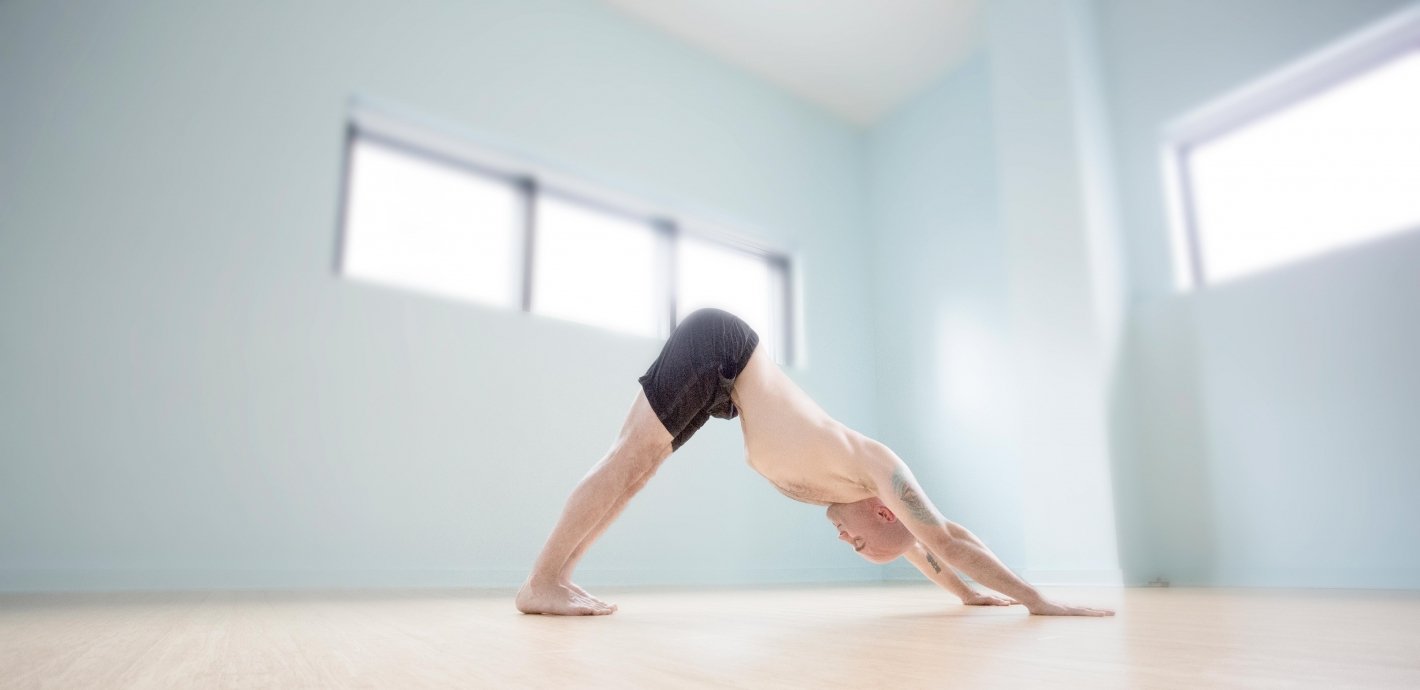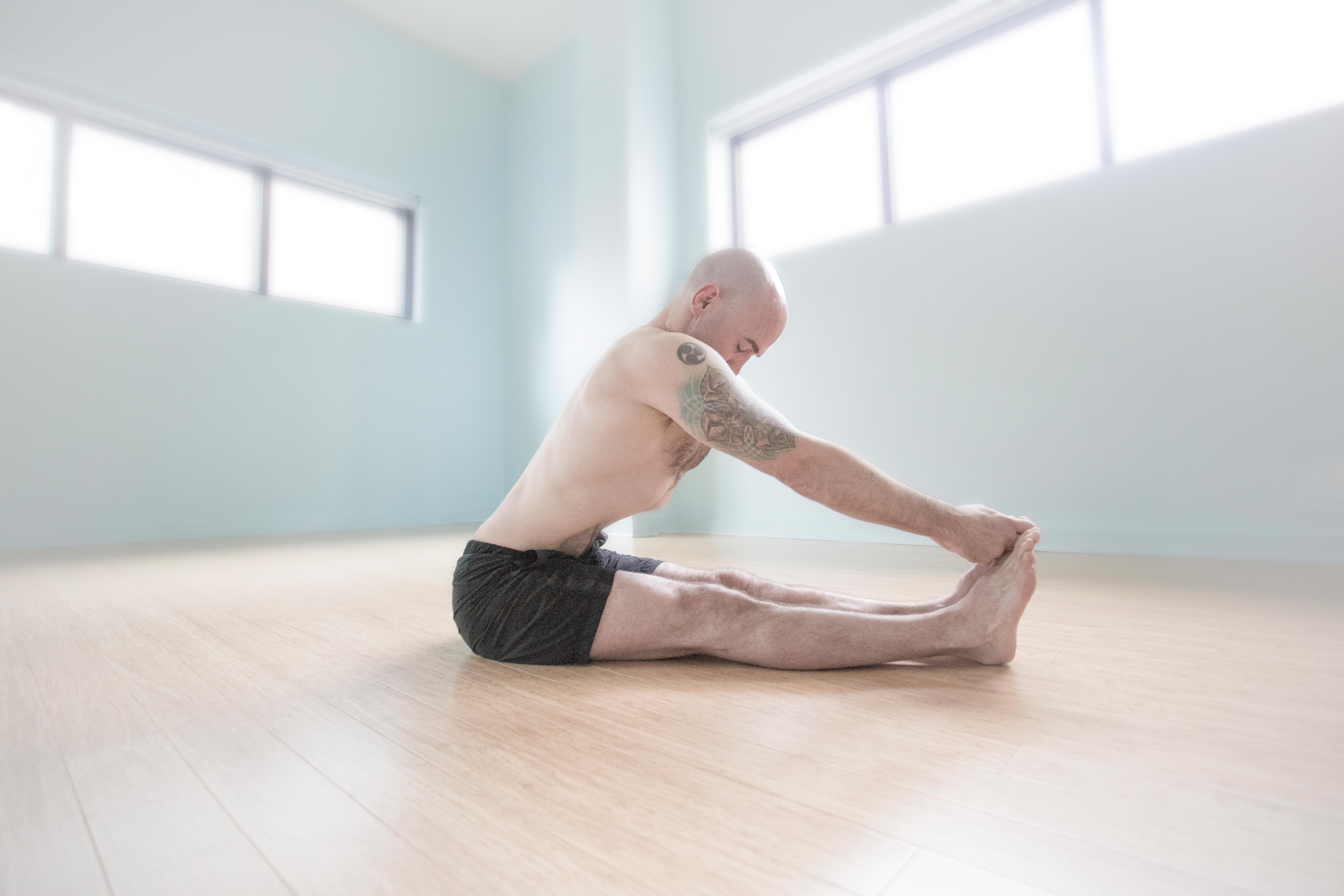In the 13th century a group of radical yogis, led by a man called Goraksha, saw that meditation was the main spiritual practice being taught in India, though the teaching process seemed to him slightly misguided, if not entirely unsuccessful. Preparatory exercises were being ignored while ethical and moral principles were overemphasized. The radical yogis followed the non-dualistic philosophy of tantra—instead of seeing the physical body as a distraction to spirituality, they believed that the body could be used to accelerate spiritual growth and reach Samadhi, or complete meditative absorption, which the sage Patanjali outlined in the Yoga Sutras as the ultimate goal of the practice. This process, called hatha yoga, is a tantric elaboration of the eight-limbed approach to yoga.
One of the most seminal texts on tantric practices, the Hatha Yoga Pradipika, lists physical practices that could be used for spiritual awakening. The first step was asana (physical postures) and shatkarma (purification techniques) followed by pranayama and kumbhaka (breathing techniques with breath retention). Next, techniques called bandhas and mudras (physical locks and gestures) helped to seal in, redirect, and ultimately stop the flow of prana (vital life force or energy).
Stopping the flow of energy is the key here. Hatha yogis believe that when prana stops, so does chitta (consciousness). If our awareness is constantly jumping from one thought to the next, we begin to identify with those thoughts. Instead of struggling with the mind directly, hatha yogis focus on pranayama (breath) and bandha (locks) to stop their breath and the movement of vital life force, which, in turn, stops their awareness from moving.
Understanding the Bandhas
According to the Gherandha Samhita, a classic text of hatha yoga, jalandhara bandha, or the throat lock, is bringing the chin to the sternum. Uddiyana bandha, or the abdominal lock, is a contraction of the upper abdomen. Mula bandha, or the root lock, is a contraction of the musculature between the anus and navel. These locks all have an effect on the physical body as well as on the more subtle body.
The throat lock compresses the carotid sinuses, which are located on the carotid arteries, the main arteries in the neck. These sinuses help to regulate the circulatory and respiratory systems. By artificially exerting pressure on these sinuses, the heart rate decreases. On a more subtle level, the chin lock stops the upward flow of energy. This is important because this upward flow fans the mind, making it more active. People suffering from cervical vertebrae injuries should approach this bandha with caution.
Engaging in the abdominal lock moves the abdominal diaphragm, the main muscle responsible for respiration, upward. When applied during a external breath retention, this bandha gives the diaphragm a horizontal stretch. This type of stretch can be effective in releasing a constricted diaphragm that can result from a chest-breathing pattern. Breathing primarily into the chest activates the sympathetic nervous system, putting that person into the fight-or-flight mode. Stretching the diaphragm horizontally helps the chest-breather break this pattern. It also increases our ability to breathe deeply since the ribcage is able to expand more. On a more subtle level, the abdominal lock strengthens digestive fire. Women that are pregnant as well as people suffering from ulcers or hernias should avoid this bandha.
The root lock tones the pelvic diaphragm, the musculature that supports the organs and internal structures of the pelvic cavity. Keeping this tone is crucial in the health of these organs, especially as we age. On a subtle level, this bandha stops the downward flow of energy and plays a major role in awakening the kundalini since this dormant energy “sleeps” near the base of the spine. Women on their menstrual cycle should avoid this practice.
Today, this tantric approach has mostly been lost and bandhas are taught to make transitions between postures flow more seamlessly. The ancient yogis, however, worked with bandhas during breath retention, which created a powerful internal pressure. The intensity would often cause sweating and shaking. With enough practice the yogi would “wake up” the dormant force called kundalini. The vital life force then stops circulating throughout the body and is redirected into the main energy channel called the sushumna, within which the chakra system resides. Hatha yogis believed that in most people, the sushumna was “blocked” so to speak, with no vital force flowing through it. Through theses practices we can open this channel and move more energy into it. The result was the deepest state of meditation: a kind of spiritual awakening.
Related: A Beginner’s Guide to Essential Sanskrit Mantras
Modern Applications of Tantric Practices
In today’s age of overstimulation, retaining the breath while engaging the deep musculature of the core until shaking and sweating occurs would hardly be beneficial for the average person. Understandably, engaging these subtle yet powerful techniques is not always feasible and sometimes contraindicated. For example, bandhas should not be practiced with breath retention during a rapid heartbeat or a shortened breath. Curiously, some of the most popular approaches to yoga today result in both of these conditions.
We can, however, modify breathwork and bandhas to serve our intention for practice and fit our lifestyle. Recent studies show that deep breathing with short breath retentions triggers the parasympathetic nervous system to counter our sympathetic nervous system’s fight-or-flight response to daily stresses. Application of bandhas can add to this process.
To work with these techniques, the practitioner and/or teacher must have an intelligent approach to sequencing and the patience to stay in resting poses long enough for the breath to regain smoothness and the heartbeat to slow. Once the practitioner has regained their composure, there are a number of asanas that help facilitate bandha practices. By integrating these more subtle techniques to the physical practice of yoga, we can add a certain level of authenticity that stays true the tantric approach—using the body and breath to awaken the spirit.
Photos by Mitchell Manz









Comments (0)